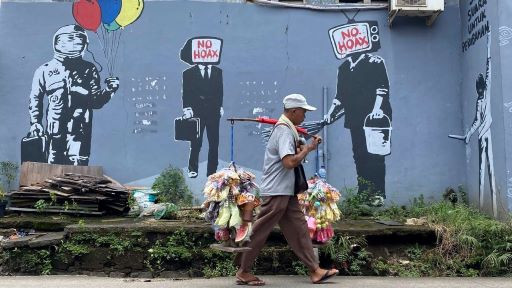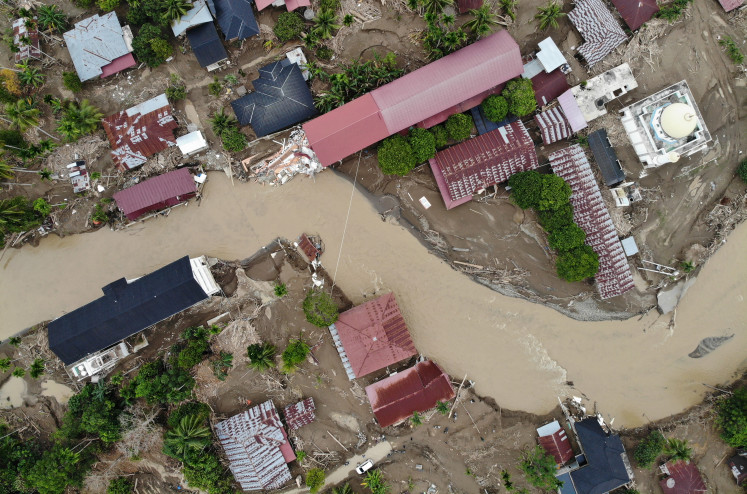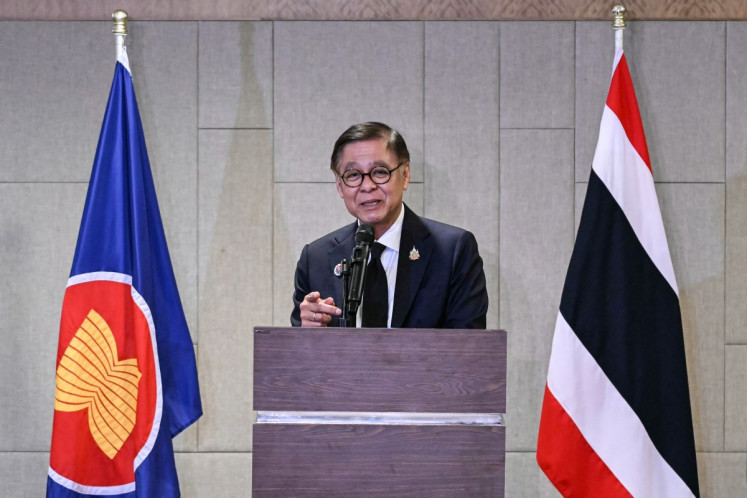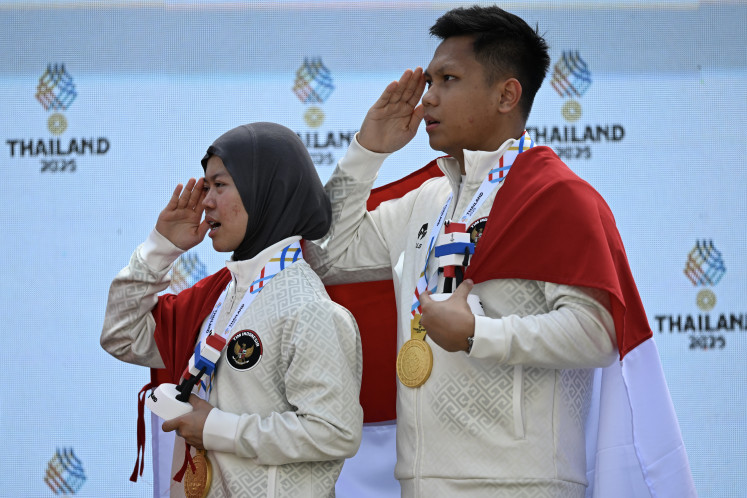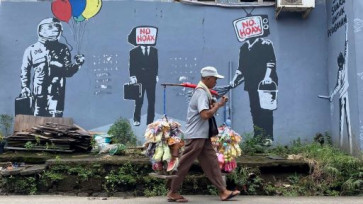Popular Reads
Top Results
Can't find what you're looking for?
View all search resultsPopular Reads
Top Results
Can't find what you're looking for?
View all search resultsCritical digital literacy key to fighting fake news
The rapid growth of internet users in Indonesia must be matched by a corresponding rise in critical thinking skills, so its citizens are equipped with the tools they need to navigate the complex digital landscape and avoid being targeted by disinformation and misinformation campaigns.
Change text size
Gift Premium Articles
to Anyone
D
isinformation, or the deliberate spread of false information to mislead audiences, and misinformation, which involves spreading false or inaccurate information without an intent to deceive, are two sides of the same coin in the digital age. Both pose significant challenges, not only to information integrity but also to the social fabric in countries worldwide.
Disinformation is often used as a tool for manipulation, whether by state actors aiming to influence public opinion or by individuals or groups with specific agendas, such as political power or financial gain. The intent behind the majority of disinformation is malicious and aims to mislead the public, create confusion and undermine trust in institutions, including the media, and even among fellow citizens.
On the other hand, misinformation can be just as damaging, although this does not involve malicious intent. People who share misinformation usually believe they are spreading the truth, which makes this type of information particularly dangerous because it can spread quickly and widely.
Indonesia’s digital landscape is growing rapidly, as the country has over 278 million people and more than 185 million internet users, indicating high social media penetration. This rapid growth is not matched by a corresponding rise in critical thinking skills, however, creating an urgent need for action.
This gap leaves Indonesians particularly susceptible to the dangers of disinformation and misinformation, which can spread rapidly across digital platforms to cause social unrest and undermine trust in state institutions. The spread of false health information during the COVID-19 pandemic or misleading political news during elections are clear examples of how disinformation can disrupt the country’s social fabric and democratic processes.
While Indonesia’s score on the digital literacy index might seem high, it is misleading because the index reflects basic digital skills, such as using a smartphone or accessing the internet, rather than the more nuanced skills of critical analysis and evaluation.
In fact, a recent study found that only a certain percentage of Indonesians possesses the critical thinking skills necessary in digital literacy. The country’s high score on the index is mainly due to self-taught learning, often facilitated by family members, rather than a formal, structured approach to digital education.

